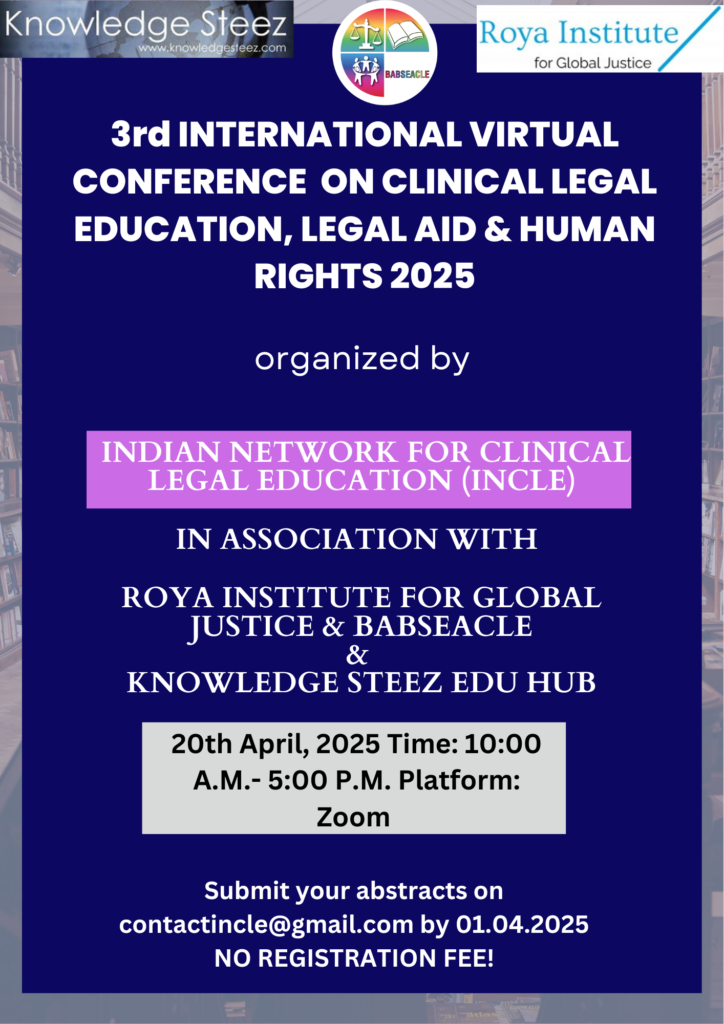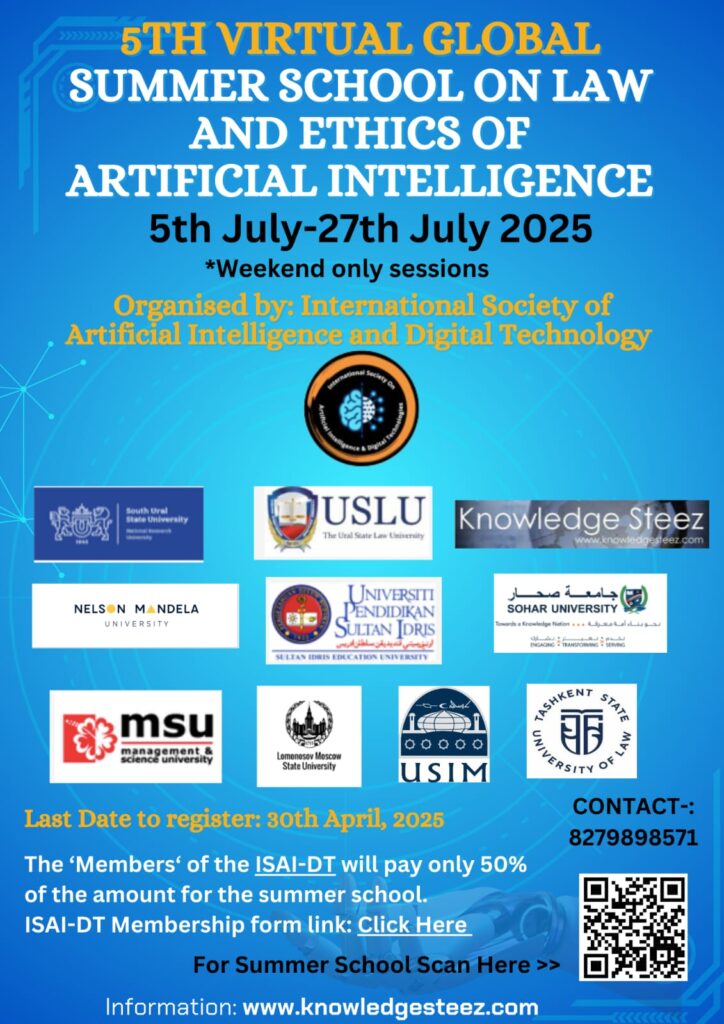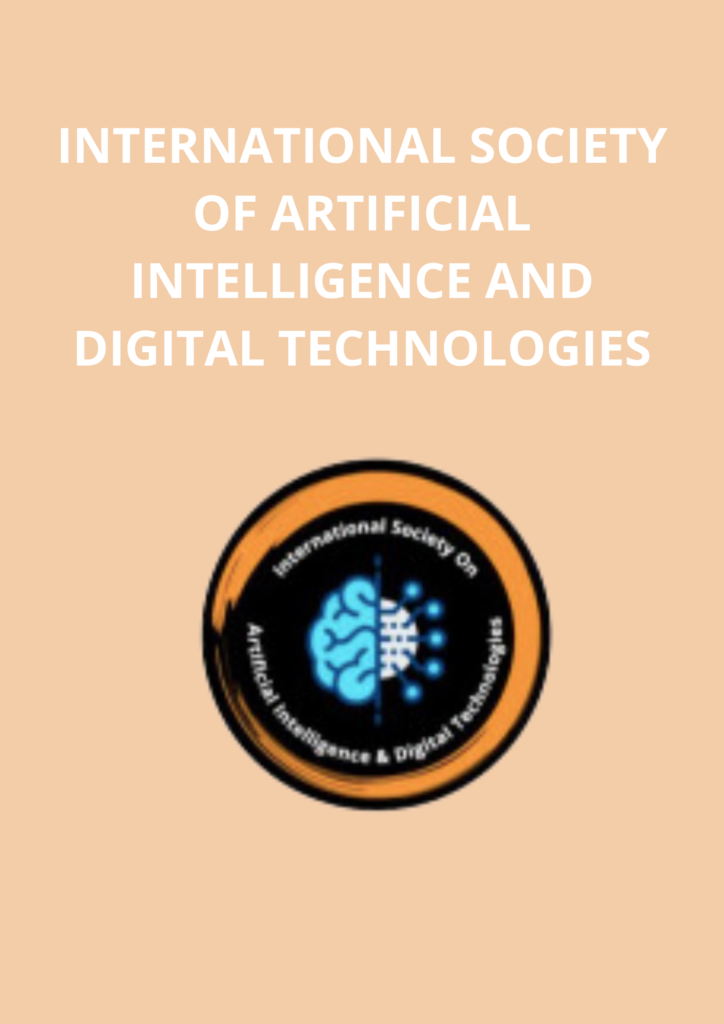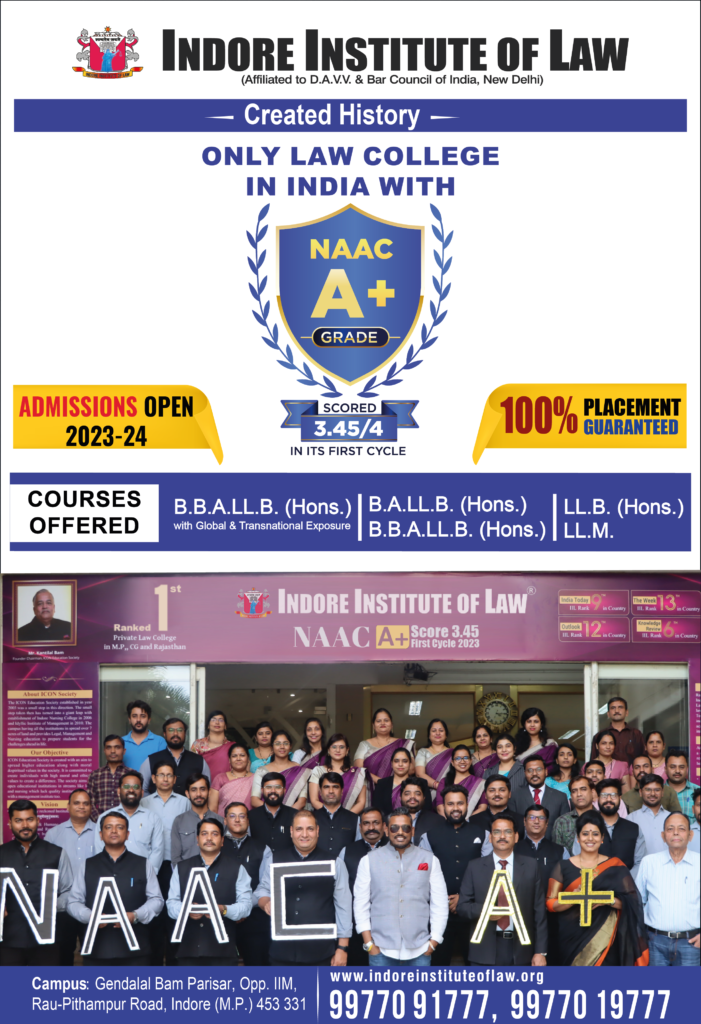Introduction
As time goes on, people are turning dreams once thought impossible or only found in fairy tales into real-life achievements, reshaping the perceived boundaries of what was once confined to the realms of fantasy and fiction. This shift is made possible through the introduction of virtual reality (VR) and augmented reality (AR). The merging of physical and digital worlds has given blithely to these extraordinary realities that surpass the limitation of traditional real-life experiences. Through this combination, a new dimension has appeared to overcome the boundaries of what is considered reality.
VR known as virtual reality allows people to enter a computer-generated world that goes beyond the limits of time, space and physical abilities. It is a medium to create one own word, one own customised reality. Virtual reality (VR) is the use of simulation and computer modelling to allow a person to interact with an imagined three-dimensional (3-D) visual or other sensory environment.
Similarly, AR known as Augmented reality complements everyday reality by overlapping digital information and interactive elements into the physical world. Augmented reality (AR) is the use of information in the form of visuals, text, music, and other virtual upgrades that are combined with real-world items in real-time. This “real world” component separates AR from virtual reality.
The fusion of VR and AR transcends the boundaries of conventional reality. While these extraordinary realities bring wonders they also give birth to new crimes, threads that pose risks to human beings.
As these technologies continue to evolve, legal implications arise, particularly concerning intellectual property rights and liability issues.
Intellectual Property(IP) in the world of VR and AR.
Intellectual property has a very significant role in the field of virtual reality (VR) and augmented reality (AR) to protect original works of authorship, invention, trademark and trade secrets. As these technologies are relatively new, IP protection becomes even more vital in preventing unauthorised use and promoting innovation. Copyright safeguards VR/AR content while patents encourage by protecting, content hardware and software components. trademark prevents the unauthorised use of brand identities etc. As the curiosity and adoption of VR and AR grow, it is essential to address the potential misuse of these technologies to harm others. Proper IP protection not only encourages creativity and investment in the industry but also safeguards against malicious intent and ensures responsible usage of these transformative technologies.
Legal Implications of Virtual and Augmented Reality Technologies
The legal implications of virtual and augmented reality technology are substantial in areas such as privacy, intellectual property, consumer protection, and liability. Section 43 of the Information Technology Act concerns illegal access and damages, which may apply when someone obtains unauthorised access to VR or AR systems, seeking to harm or disrupt their operation. Similarly, Section 66 covers a wide range of computer-related offences, such as hacking, identity theft, and the dissemination of malicious code, all of which can be applied to VR and AR technologies involved in cyber-attacks, unauthorised access, identity theft, or the distribution of harmful content within virtual or augmented environments.
These technologies acquire personal data, and they present privacy issues, mandating compliance with data protection rules. When copyrighted material is included in VR and AR entertainment, intellectual property difficulties may occur, necessitating explicit norms and licensing agreements. Consumer protection regulations are critical in guaranteeing the safety and accuracy of goods and services, and responsibility gets complicated when accidents or injuries occur. Understanding and complying with relevant laws is critical for addressing these legal issues and protecting the rights and interests of virtual and augmented reality consumers, content providers, and companies.
Conclusion
Augmented and virtual reality technologies provide a wide range of legal issues, including cybersecurity, privacy, and regulatory concerns on several levels. To guarantee justice, courts are confronted with exclusive issues such as online transactions and virtual world crimes, which need the application of current legal concepts while possibly mandating the introduction of new laws or exceptions. Companies must implement strong measures to balance user privacy and cybersecurity with technology improvements. State, federal, and international regulations are critical in preventing unauthorised access to and publication of private information, as well as protecting trade secrets and personal material. Legislators must understand the complexities of these technologies to offer effective and realistic legislation that addresses genuine damage while avoiding loopholes. Seeking guidance from internet and technology lawyers is crucial for navigating the legal landscape surrounding privacy, cybersecurity, and relevant laws in the augmented and virtual reality domain.
Ayushi Singh
4th year BBA LLB
Galgotias University
References:-
https://www.researchgate.net/publication/354065442_VR-Research_paper
https://www.frontiersin.org/articles/10.3389/fpsyg.2018.02086/full









